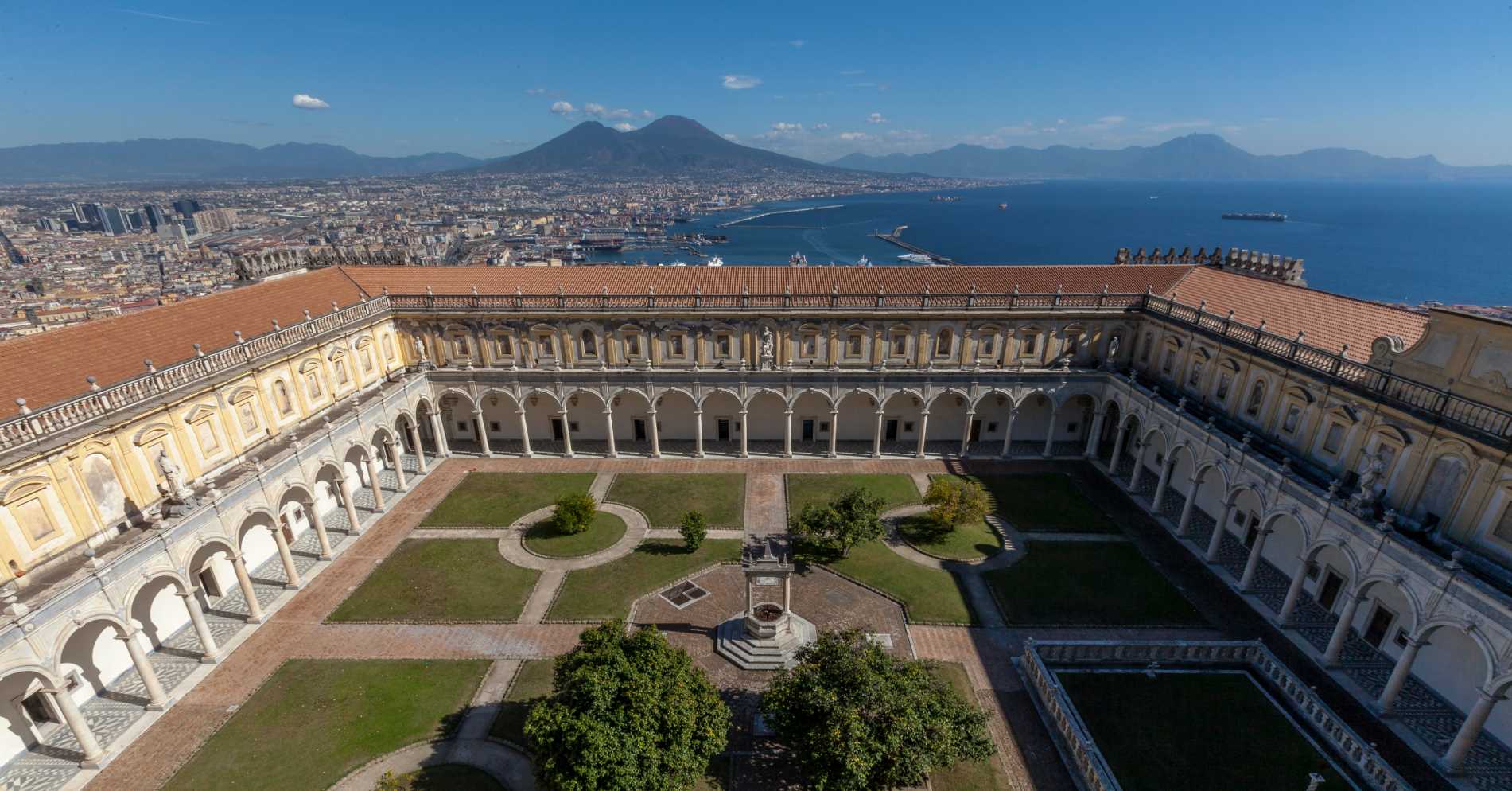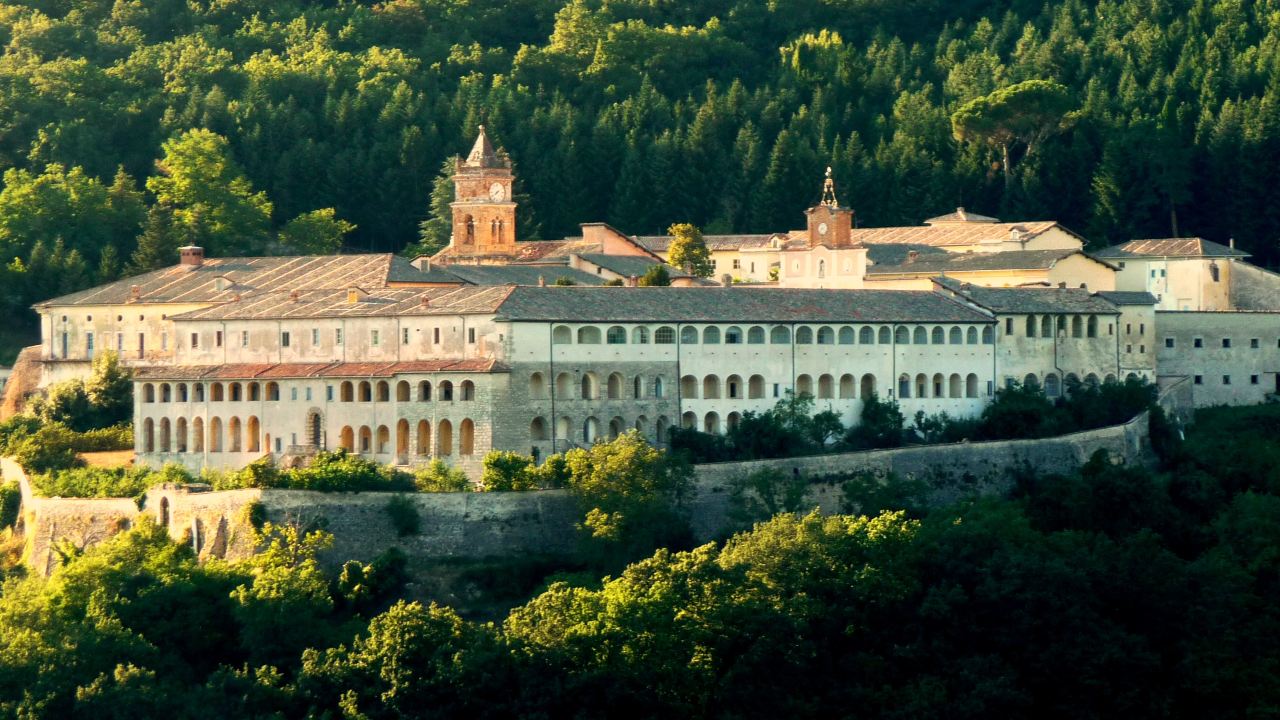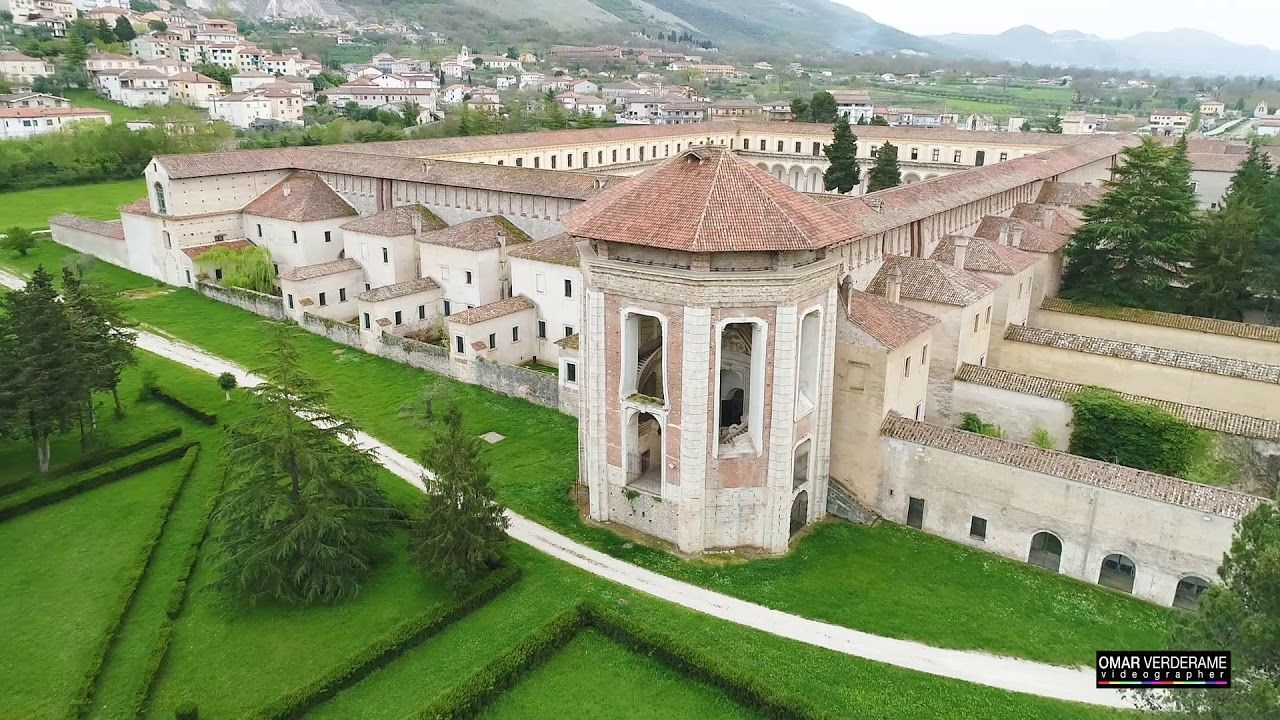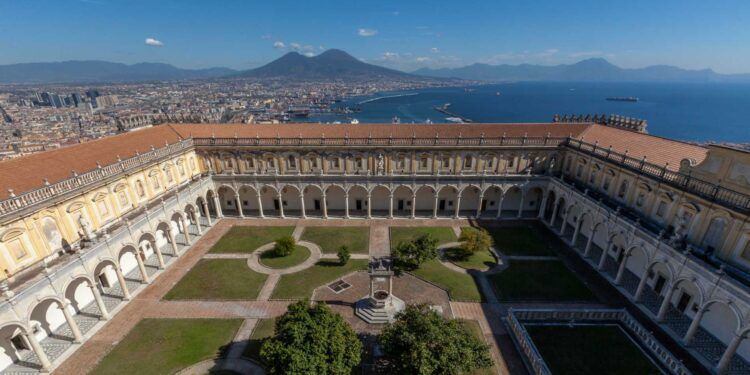Why visit a Charterhouse? A Charterhouse is a type of Catholic monastery belonging to the Carthusian Order. The order was founded in 1084 by St. Bruno of Cologne and his followers are known for their solitary and contemplative life dedicated to prayer and meditation.
Charterhouses are usually built in isolated places, such as mountains or hills, and are surrounded by walls to ensure the privacy of the monks. Their architecture is characterized by a combination of Gothic, Renaissance and Baroque elements, with large green areas, courtyards and gardens.
The Charterhouses have churches, chapels, refectories, libraries and dormitories for the monks. Their daily life is strictly regulated, with an emphasis on prayer, meditation and manual labor.
Today, many Charterhouses have been converted into museums or luxury hotels, but some still host communities of monks who continue to live according to the rule of San Bruno.
What characteristics do the Carthusian Monks have?
The Carthusian monks follow a very rigorous rule, which provides for long periods of prayer and meditation, the celebration of the liturgy of the hours, participation in daily mass, manual work and life in common inside the Certosa. The life of the monks is characterized by great simplicity and sobriety, and their main aim is to seek holiness through the contemplative life.
Why visit a Charterhouse?
There are many reasons to visit a Charterhouse, including:
- Architectural beauty. Charterhouses are often built in scenic locations and feature beautiful architecture, which can include Gothic, Renaissance and Baroque elements. Many Charterhouses were built with high quality materials and are enriched by works of art and decorations of great value.
- Peace and quiet. The Charterhouses are generally located in isolated and peaceful places, away from the noise and chaos of the cities. Their peaceful and serene atmosphere can be very relaxing and rejuvenating for those seeking a break from the rush of everyday life.
- History and culture. The Charterhouses have been fundamental to Christian culture and history, and have contributed significantly to the diffusion of art, architecture and literature. A visit to a Charterhouse can therefore offer a great opportunity to learn something new about the history and culture of the region in which the Charterhouse is located.
- Spirituality. The Charterhouses are places of prayer and meditation, and have been designed to encourage contemplation and reflection. Even if you are not religious, a visit to a Certosa can offer a spiritual experience of great intensity.
- Gastronomy. Many Charterhouses are located in rural areas, where high quality foods are produced, such as cheeses, wines and baked goods. A visit to a Certosa can therefore offer the opportunity to discover and taste local gastronomic specialities.
In general, visiting a Charterhouse can offer a unique and memorable experience, which can enrich the knowledge and understanding of different aspects of human and spiritual life.
Here are 3 Charterhouses between Lazio and Campania that we recommend you visit this year
Have you already visited the Certosa di San Martino, one of the most evocative places in Naples?
 The Certosa di San Martino is one of the most evocative places in Naples in Campania. It is a 16th century Carthusian monastery, located on the Vomero hill, which offers a breathtaking panoramic view of the city and the Gulf of Naples. The Certosa was… [Continua a leggere]
The Certosa di San Martino is one of the most evocative places in Naples in Campania. It is a 16th century Carthusian monastery, located on the Vomero hill, which offers a breathtaking panoramic view of the city and the Gulf of Naples. The Certosa was… [Continua a leggere]Certosa di Trisulti, the first Benedictine abbey founded more than a thousand years ago
 The Certosa di Trisulti is a former Carthusian or Charterhouse monastery, now owned by the Cistercians, in Collepardo, in the province of Frosinone, in central Italy. It is located on the slopes of Monte Rotonaria, a peak of the Ernici Mountains, 825 meters above sea… [Continua a leggere]
The Certosa di Trisulti is a former Carthusian or Charterhouse monastery, now owned by the Cistercians, in Collepardo, in the province of Frosinone, in central Italy. It is located on the slopes of Monte Rotonaria, a peak of the Ernici Mountains, 825 meters above sea… [Continua a leggere]The Certosa of Padula, one of the largest monasteries in the world
 The Certosa of Padula (or of San Lorenzo di Padula) is one of the largest monasteries in the world, located in the city of Padula, in the province of Salerno, in the Campania region, Italy. This Certosa was founded in the 14th century by Tommaso… [Continua a leggere]
The Certosa of Padula (or of San Lorenzo di Padula) is one of the largest monasteries in the world, located in the city of Padula, in the province of Salerno, in the Campania region, Italy. This Certosa was founded in the 14th century by Tommaso… [Continua a leggere]








Discussion about this post